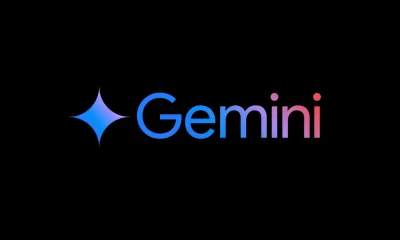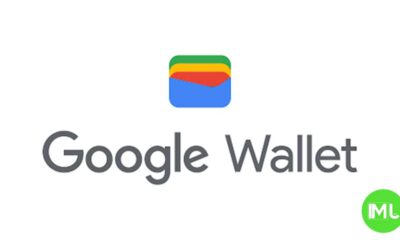Chrome for Android achieves double speedometer performance
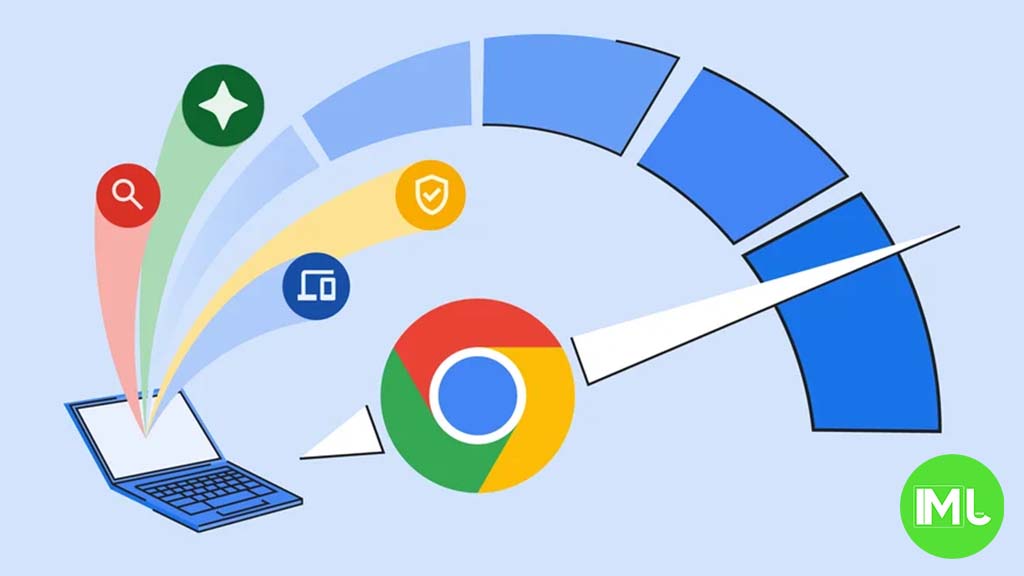
Google recently announced a significant milestone for Chrome on Android—the browser has doubled its Speedometer score, showcasing major performance gains over the past two years. Here’s a breakdown of how Google achieved this improvement, making Chrome faster and more efficient for Android users.
What Is Speedometer and Why Does It Matter?
Speedometer is a benchmark tool used to measure how quickly a browser can handle common web tasks, like rendering HTML, CSS, and JavaScript. This score reflects real-world performance, helping developers track improvements and identify bottlenecks in browser speed.
Massive Gains in Speed
Since April 2023 (Chrome 112), Google has reported significant boosts in Speedometer 2.1 scores for Android devices. For instance:
- Loading a Google Docs file on the Pixel Tablet is now 50% faster.
- Devices powered by the latest Snapdragon 8 Elite Mobile Platform have set new performance records for mobile browsers.
In some cases, Speedometer scores have more than doubled, delivering a smoother and faster browsing experience.
Three Key Areas of Improvement
Google attributes these advancements to optimizations in three core areas: build structure, JavaScript and rendering engines, and hardware collaboration.
1. Optimized Builds for Android Devices
Google introduced a high-performance build of Chrome specifically for premium Android devices, departing from its earlier “one-size-fits-all” approach. Key changes include:
- Focus on ARM64 architecture: Utilizing advanced ARM64 features and 64-bit operations, which are faster than ARM32.
- Prioritizing speed over size: On high-end devices with more storage and RAM, Chrome is now built using speed-optimized compilers (-O2 / -O3) instead of size-focused ones (-Oz).
- Better inlining and profiling: By tweaking compiler settings and using Profile-Guided Optimization (PGO), Chrome processes critical tasks faster.
- Improved code order: Google aligned Chrome’s code layout with the latest ARM64 build to enhance performance further, factoring in Speedometer 3, the latest browser benchmark standard.
2. Enhanced JavaScript and Rendering Engines
The V8 JavaScript engine and Blink rendering engine received several updates to improve performance and energy efficiency:
- Faster HTML parsing: A new fast-path parser speeds up handling of HTML attributes.
- Sparkplug and Maglev compilers: These new compilers improve the way Chrome processes JavaScript by balancing speed and optimization levels, reducing delays.
- Smarter memory management: Garbage collection now happens during idle times or page navigation, minimizing disruptions.
- Incremental improvements: Small but impactful upgrades were made to the parsing, styling, layout, and text rendering processes.
3. Partnering with Android Hardware Makers
Google worked closely with partners like Qualcomm to ensure Chrome makes the best use of device hardware. For example:
- The Snapdragon 8 Elite Mobile Platform achieved a 60–80% performance boost in Speedometer 3.0, thanks to optimized thread scheduling and hardware tuning.
What This Means for Users
These advancements mean faster page loads, smoother browsing, and better battery life for Android users. Whether you’re using an entry-level phone or a high-end device, Chrome’s tailored improvements ensure a superior browsing experience.
With these changes, Google demonstrates its commitment to keeping Chrome at the forefront of browser technology, delivering speed and reliability to billions of users worldwide.
Google to invite big fans to early Pixel 10 event in June
Google is getting ready to show off its brand-new Pixel 10 smartphone, and it wants its most loyal fans to be part of the excitement. The company is planning a special event for June, before the official launch. This event is especially for “superfans”—people who really love Pixel phones and always want to try the latest tech.
At this event, Google will give these fans a close look at the Pixel 10. They might get to see new features, learn about how the phone works, and even share their thoughts with Google. This is a chance for Google to hear from fans before the phone comes out for everyone. Superfans are often the first to know about new updates and features, and Google values their feedback.
By inviting superfans early, Google hopes to make the Pixel 10 launch even better. The company wants to learn what fans like and what could be improved. This way, they can make small changes before the big release. The event is a sign that Google cares about its users and wants them to feel special.
In short, if you are a big Pixel fan, keep an eye out for an invitation to this special June event. You could be one of the first to see the Pixel 10 up close and help shape its future!
Gemini app gets new ai video maker and live camera features and Pixel Weather maps update
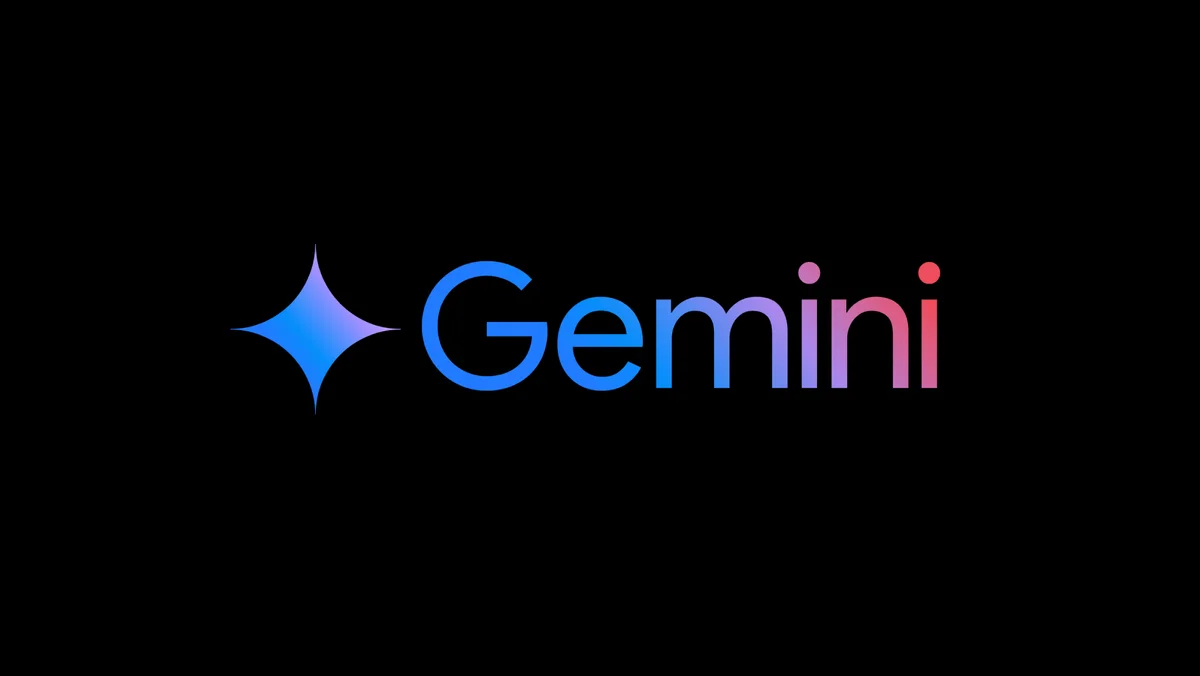
Google’s Gemini app is getting exciting new updates. One big change is that you can now use a new AI tool called Veo 3. This tool helps you make videos just by typing what you want. It’s part of Gemini Ultra, which is a smarter version of the AI. With Veo 3, you can create short videos easily, even if you don’t know how to edit videos.
Another new feature is called Gemini Live with Camera. Now, you can use your phone’s camera to show things to Gemini, and it will help you right away. For example, if you point your camera at a plant, Gemini can tell you what kind it is. This works on your phone’s screen, and it’s made to be easy for anyone to use.
Google is also making the weather app on Pixel phones better. Now, you can see weather maps more clearly. The app will show you detailed maps with rain, clouds, and more. This helps you plan your day better by knowing what the weather will be like.
All these updates make using Google’s apps more fun and helpful. They show how Google is always working to make things easier and smarter for everyone.
Google Wallet now fixes pin problem on wear os smartwatches
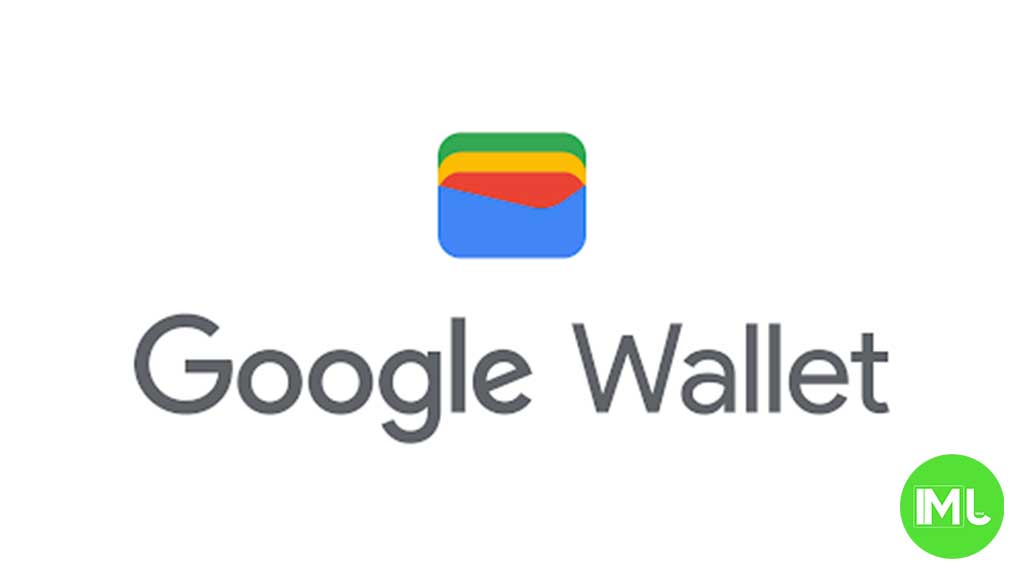
Google has fixed an issue with Google Wallet on Wear OS smartwatches that was making it hard for users to use their PIN code. Before this fix, some users found that when they tried to use Google Wallet to pay with their watch, they were not able to enter their PIN. This made it difficult or even impossible to use the payment feature.
The problem seemed to happen mostly after users updated their smartwatch software or after restarting their device. Some people also noticed it when they locked their watch and then tried to unlock it to make a payment. The issue was frustrating because users could not complete transactions without the correct PIN.
Google has now released an update for Google Wallet on Wear OS. This update solves the problem, so users can once again enter their PIN and use their watch to pay for things. The company did not say if this fix would come as a separate update or as part of a bigger system update. But users should check for updates on their smartwatch to make sure they have the latest version of Google Wallet.
This is good news for people who use their smartwatches to pay for things every day. Now, they can use their watch to pay without worrying about PIN problems. The update should make using Google Wallet on Wear OS watches easier and more reliable. If you are still having trouble, make sure your watch is updated and try restarting it.
-
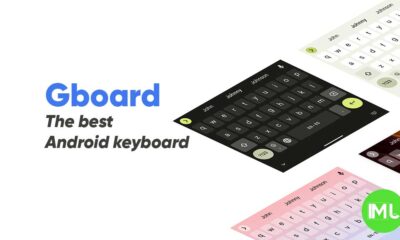
 Apps1 year ago
Apps1 year agoGboard Proofread feature will support selected text
-

 News1 year ago
News1 year agoSamsung USA crafting One UI 6.1.1
-

 News1 year ago
News1 year agoBreaking: Samsung Galaxy S22 may get Galaxy AI features
-
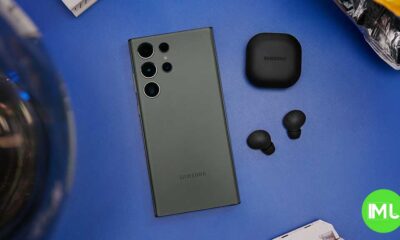
 News1 year ago
News1 year agoSamsung Galaxy S23 Ultra with One UI 6.1 and all S24 AI features revealed
-

 News1 year ago
News1 year agoOne UI 6.1 Auracast (Bluetooth LE Audio) feature coming to many Samsung phones
-

 Apps11 months ago
Apps11 months agoGoogle Contacts app testing new Besties Widget
-
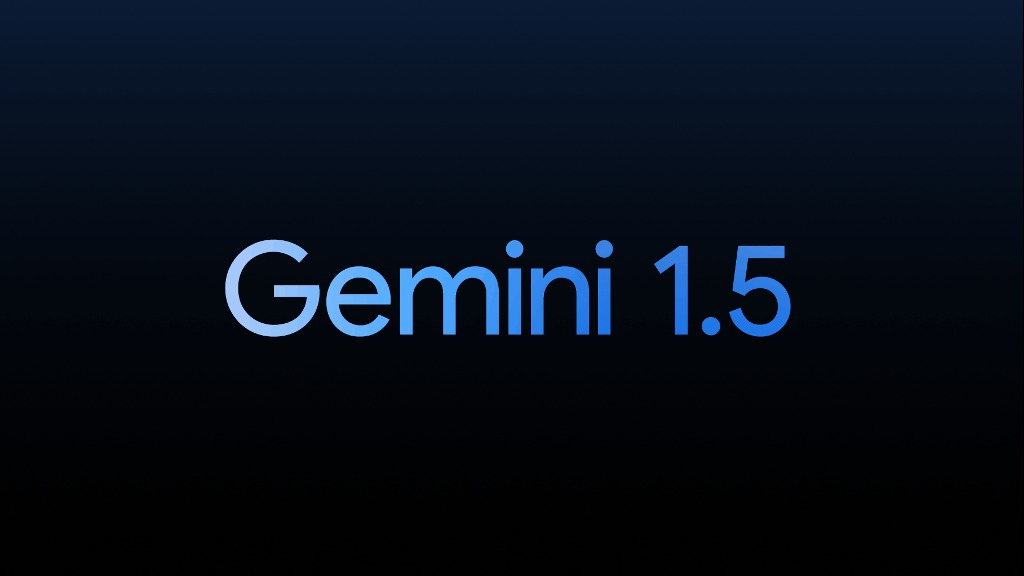
 AI11 months ago
AI11 months agoGoogle Pixel 9 Pro may come with a complimentary one-year Gemini Advanced subscription
-
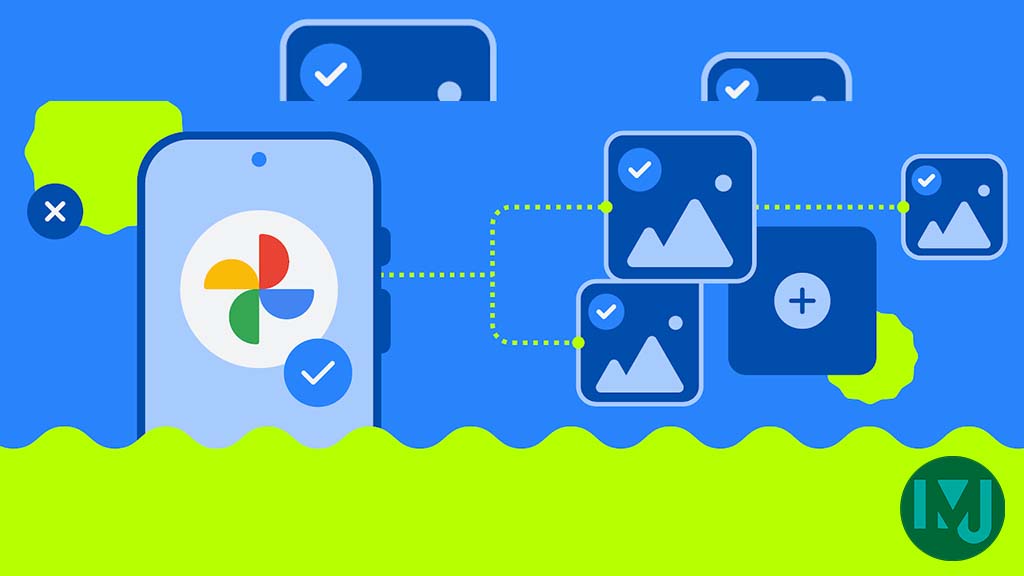
 Apps11 months ago
Apps11 months agoGoogle working on a new video editing feature for its Photo app

